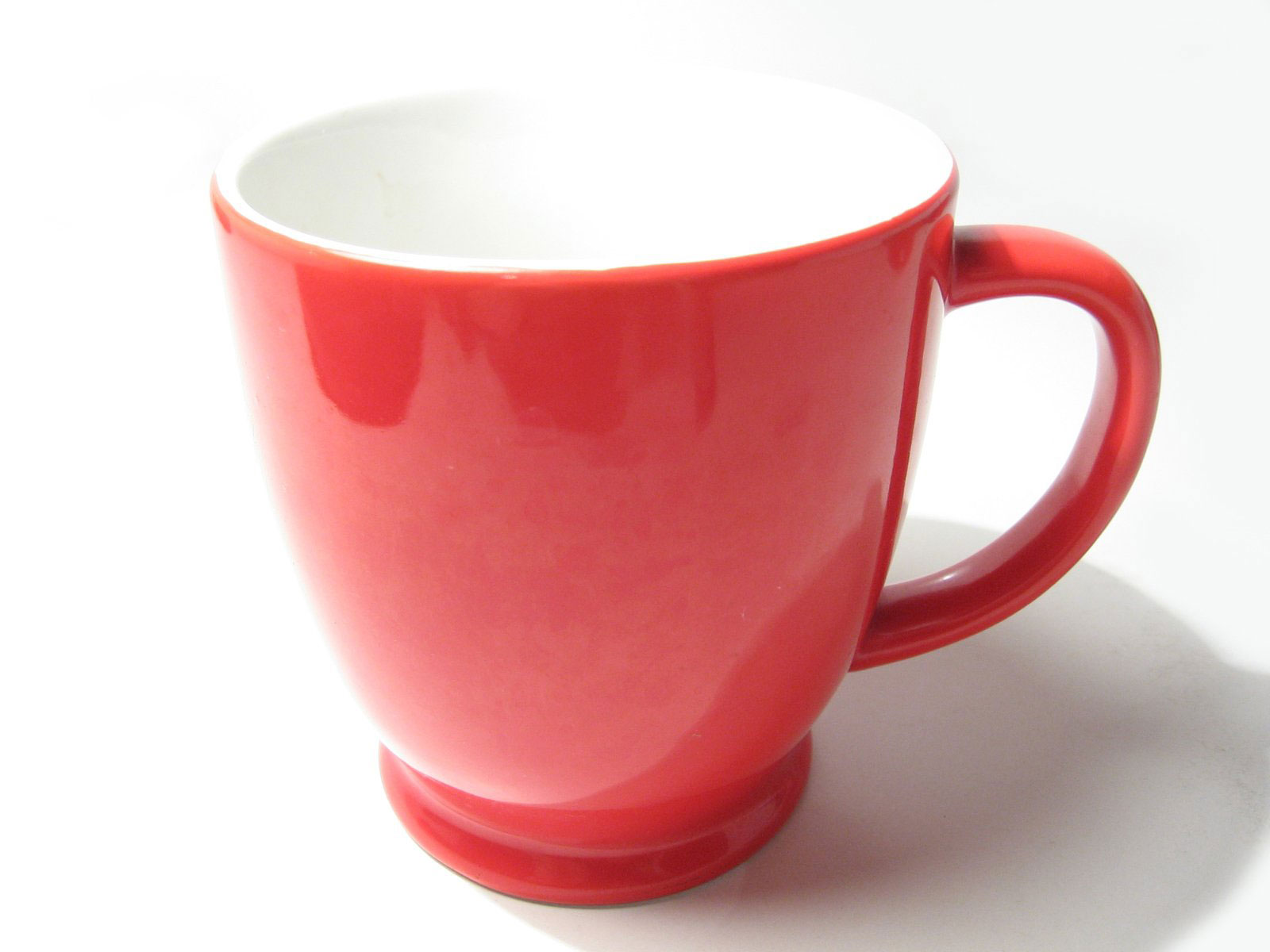Alt Text and Image Title Explained
Image optimization is a commonly overlooked subject in the realm of SEO.
In fact,
we often get questions about how to correctly optimize images and why it’s important.
Especially when it comes to optimizing articles.
One of the most common questions we’ve been hearing lately is the difference between the Alt text and Image titles.
Many website platforms allow you to input both but don’t do a great job at explaining the purpose for one or the other.
What is the difference between alt text and image titles?
Image alt text, also referred to as alternative text, is descriptive code applied to an image that has 3 main functions.
Function 1: This descriptor helps the visually impaired understand the contents and subject matter within an image.
Function 2: Search engines use the alt text of an image to understand the contents and subject of an image as well, however, they use this information to determine what images best support searchers looking for images related to your topic.
Function 3: As it expresses in the name, alternative text, is the text that will appear if an image does not load correctly. The alt text will appear in its place giving the visitor some understanding of the content that’s supposed to be there.
The image title is, to put it simply, just the title of an image.
Let’s take a look at the source code of a fully optimized image that includes the image title:

<img src=”red-cup.jpg” alt=” A coffee lovers red and white coffee cup” title=”Red coffee cup”/>
We can break this down into sections to better understand how search engines read the information.
The “img src=”red-cup.jpg” refers to the image source or where the image originates from.
You could go to this image source link and it will take you directly to the image URL hosted on our site.
See the tail end of the image url /red-cup.jpg
You best believe search engine crawlers read that URL to help them better understand the image contents.
IMPORTANT: Many website templates inherently make the image file name the URL, so make sure to name your images correctly before uploading them to your site.
So this begs the question,
Do search engine crawlers use title tags for Image Rankings?
In most of Google’s history, Title Tags have had no effect on image rankings.
However,
if there is one thing we know about Google, they like to change things up with little to no notice.
With this skepticism, we’ve done some research into this topic.
Here are a few key points to note:
Check out this back and forth with Google’s Jon Mueller on twitter about the subject:
@dawnieando If you're changing the title with onmouseover, I doubt we'd pick that up. If it's just the title attribute: maybe. Test & tell?
— 🍌 John 🍌 (@JohnMu) March 29, 2016
He basically says, “If it helps your users, include it.”
Not really the answer we were looking for is it?
You will hear this often from Google admins and, admittedly, by us at White Hattery.
SEO is so much more about the user/visitor than it is about the search engine.
This is why, with our knowledge and understanding of search engine optimization, we focus so heavily on UX (user experience) and traffic analytics with our ongoing clients.
In 2008 Google released a statement express that they will be adding an inherent image title in their image search results
The specifics were not entirely expressed but what we’ve found is that they display the page title, of the page the image is on, within the image search result.
Here is an example:
We did a simple Google search for rocks to see what came up in the image results
Here are the image results:

You can see below each image, Google is pulling the page titles and displaying them under each image.
What does this mean?
Well, page titles are certainly more important now, but nothing points to the effect an image title has on the ranking ability of an image.
Over the years we have drawn up one conclusion over and over again…
Content is for the visitor
Search Engine Optimization is the practice of helping search engines understand and recognize why and how your content fulfills the needs of their clients, the searcher, better than any other content.
For us, it’s safe to assume search engines read every inch of a websites source code to understand exactly what each piece of content is about.
While it may not be worth the time to go back and add an image title to all your images, it certainly won’t hurt your SEO to add it to future images.

